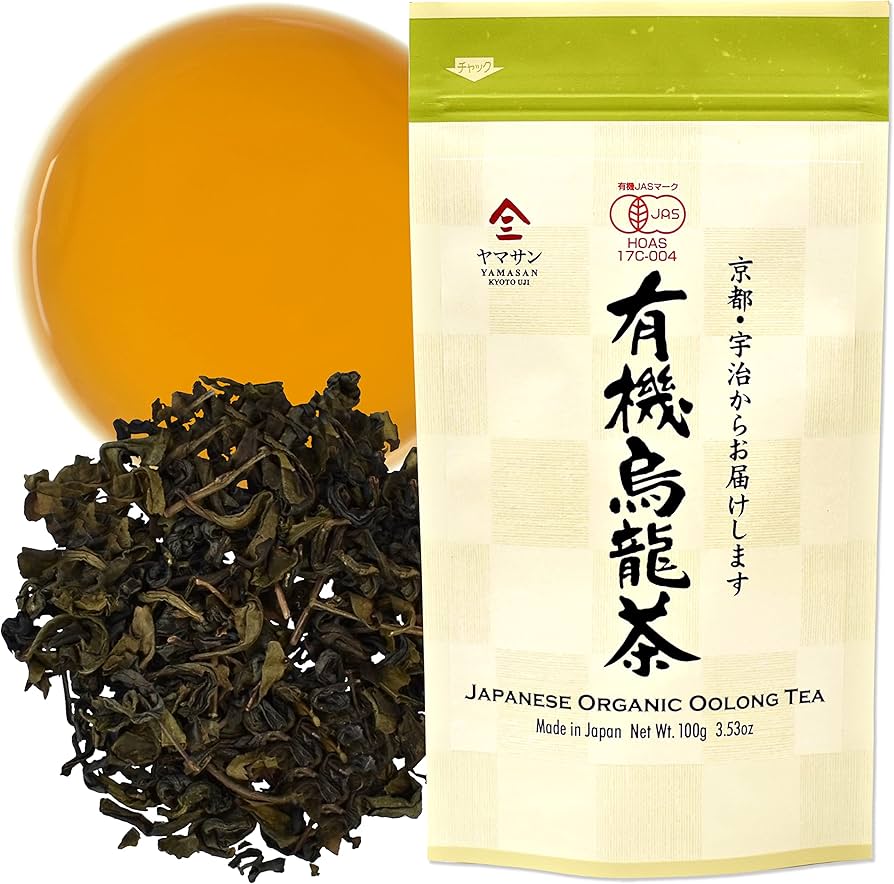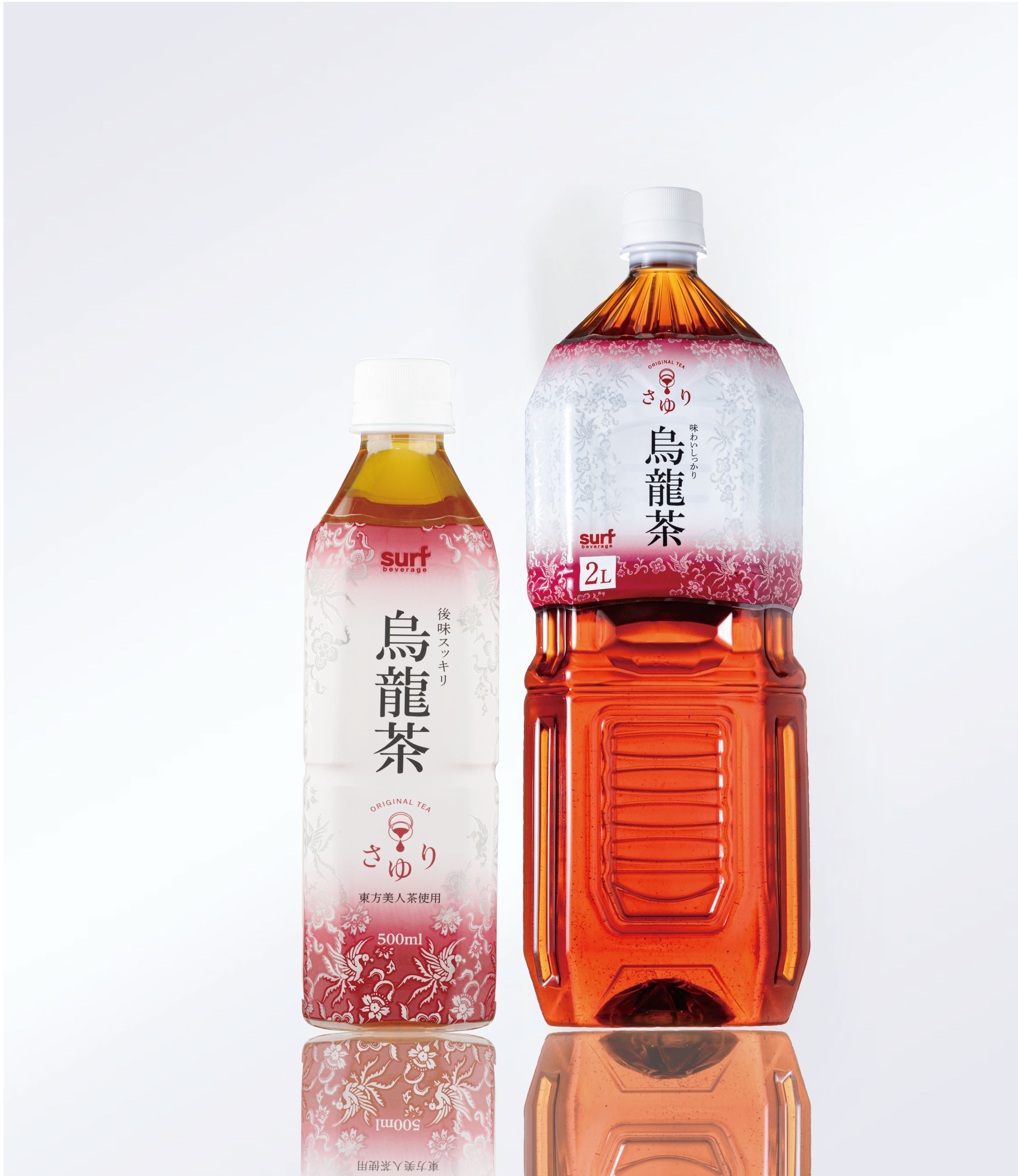japanese tea oolong
- Blog
- japanese tea oolong
fruit tea
Alright, now let me tell ya about this Japanese tea called oolong. Oh boy, it’s got a name sounds like a fancy dragon, right? And if you see a pack of it, you’ll know why folks say that. They got all sorts of shapes and colors, these oolong teas. Some are darker, some lighter, and all of ‘em got their own little twist on taste.
So what’s the deal with Japanese oolong tea? Well, I’ll tell ya, it ain’t just some regular tea bag you toss in hot water. This here Japanese oolong is treated with special care. They pick them leaves, then let ‘em wither, twist ‘em, roll ‘em, and just let it sit a bit to get that rich flavor. They gotta watch it close to get that right mix of withering and oxidation.
Now, let me tell ya a bit about the taste of Japanese oolong tea. You sip on it, and you might catch a soft scent like jasmine. Some folks say they even taste a bit of apricot. That’s cause of how they process it, ya see? Careful watchin’ and turnin’ those leaves brings out flavors like that. Not too strong, just enough for ya to notice.
What’s this tea good for, you’re wonderin’? Well, I heard tell that folks sip on oolong for mental alertness. Ain’t that somethin’? Gettin’ your mind goin’ without the heavy kick you get from coffee. They say it might help with things like blood pressure and maybe even a bit with weight stuff. But now, don’t go thinkin’ it’s a miracle cure. Ain’t no proof it’ll fix every ailment under the sun.

And don’t go thinkin’ it’s a weak tea, either. It’s got more caffeine than green tea, so it’ll perk ya up a bit. Not as strong as a cup of coffee, but enough to keep ya on your toes. Coffee’s got about 95 mg of caffeine, they say, while a cup of oolong is a bit lower, but still stronger than your regular ol’ green or black teas.
Alright, let’s talk about the types. Ya got Wuyi Oolong, and that one’s from China, all dark and roasty. But Japanese oolong’s a different kind. Some folks in Japan even drink roasted green tea, like this stuff called Hojicha. Now, that Hojicha’s got a cozy, nutty flavor and is gettin’ real popular in cafes.
But we’re here talkin’ Japanese oolong, not Hojicha, right? This Japanese one’s usually lighter in taste and is often sold as loose leaf. Some people like it that way, sayin’ it keeps the taste fresh and lets ya see all those pretty, twisted-up leaves.
Now, there’s all sorts of brands out there sellin’ Japanese oolong tea. Ya might find some with labels like “organic,” “non-GMO,” and whatnot. Fancy terms, but some folks care about ‘em. You got ones like Haiku Organic Japanese Oolong and The Republic Of Tea – Dragon Oolong, and they come in cute little packs for yer shelf at home. Prices? Well, it varies. Some go for around $7, others are up near $15, dependin’ on the brand and quality.
Brewing Japanese Oolong ain’t too tricky. Ya take a spoonful of them leaves, drop ‘em in hot water (not boilin’, mind ya), and let it steep for a few minutes. Most folks say anywhere from 3 to 5 minutes. Then pour it out, and there ya go! A nice, warm cup to sip slow and enjoy.

Now, here’s another tip for ya: don’t be tossin’ them leaves after just one brew. Japanese oolong leaves can handle two, maybe three rounds of hot water, still givin’ ya flavor. So get the most outta them leaves, make ‘em work for ya!
So that’s the lowdown on Japanese oolong tea. Not as well-known as other teas, maybe, but it’s got a real nice, light taste and that little kick of caffeine. If ya like somethin’ smooth but flavorful, give this oolong a try. Ain’t gotta be fancy about it, just sit back, sip slow, and enjoy.
Tags:[Japanese oolong tea, oolong benefits, Japanese tea, how to brew oolong tea, oolong caffeine content]
© Copyright 2025 Qianwei Tea | Theme developed by sitemap